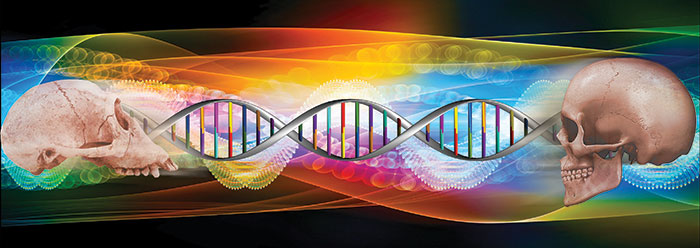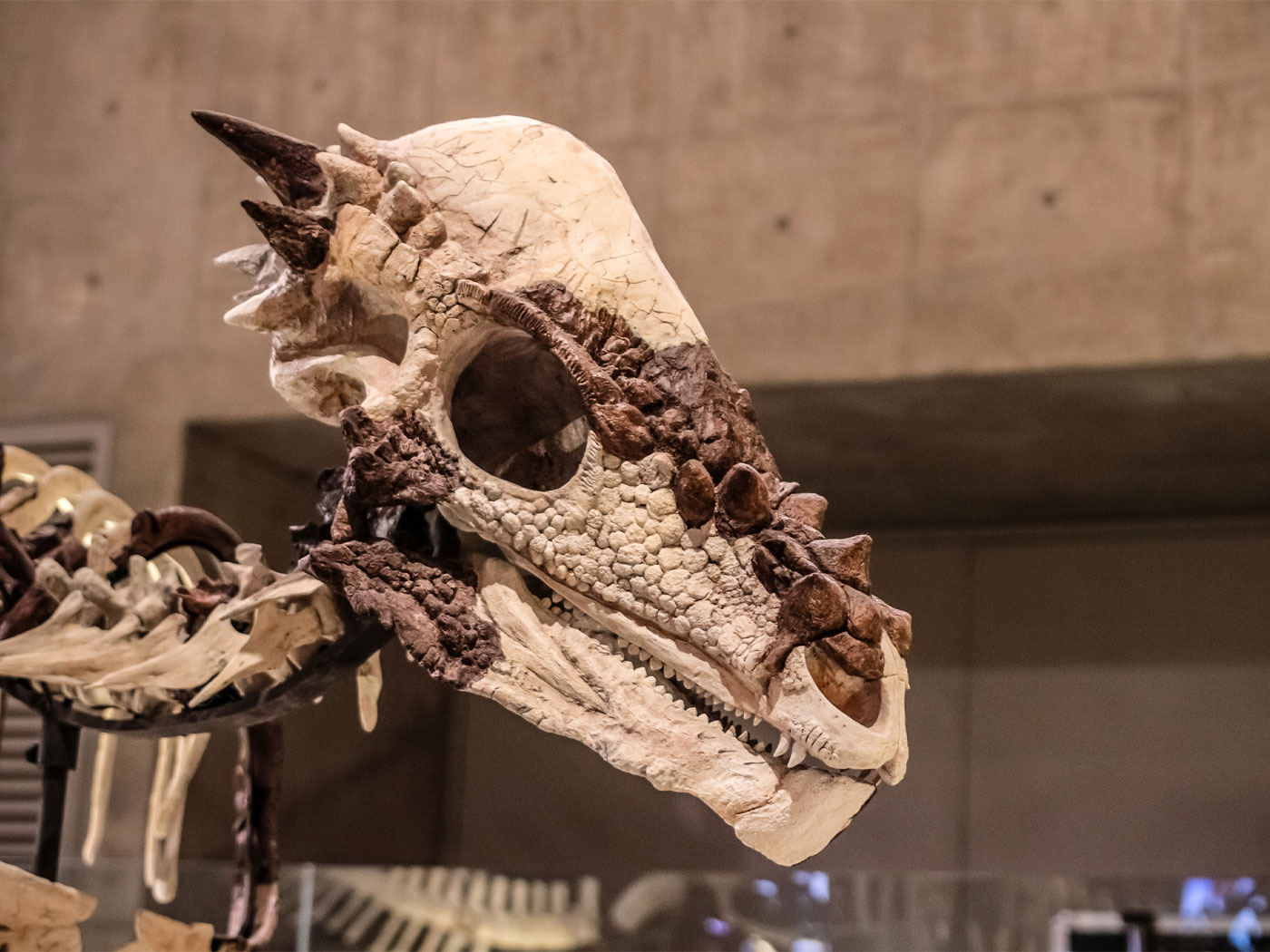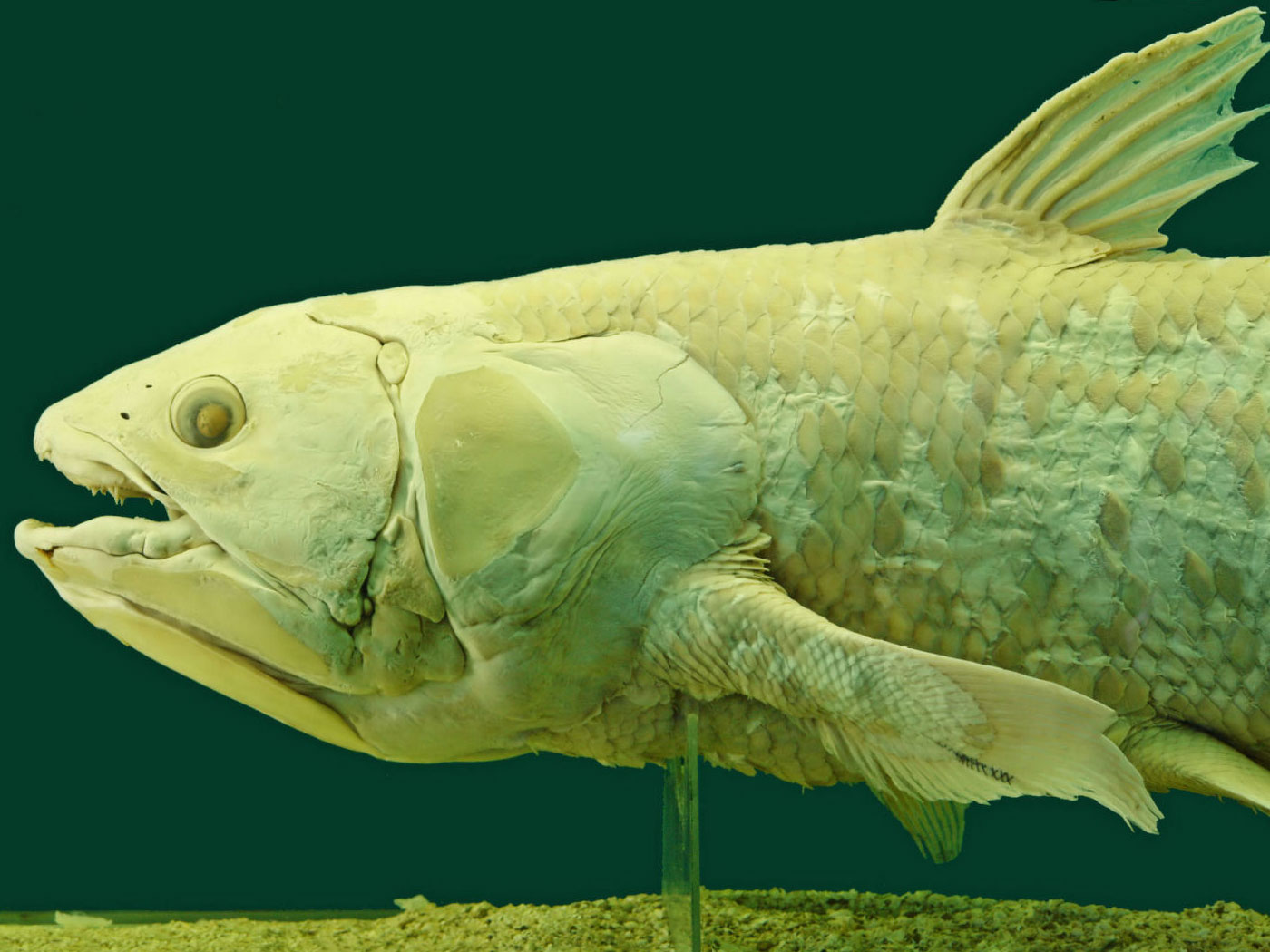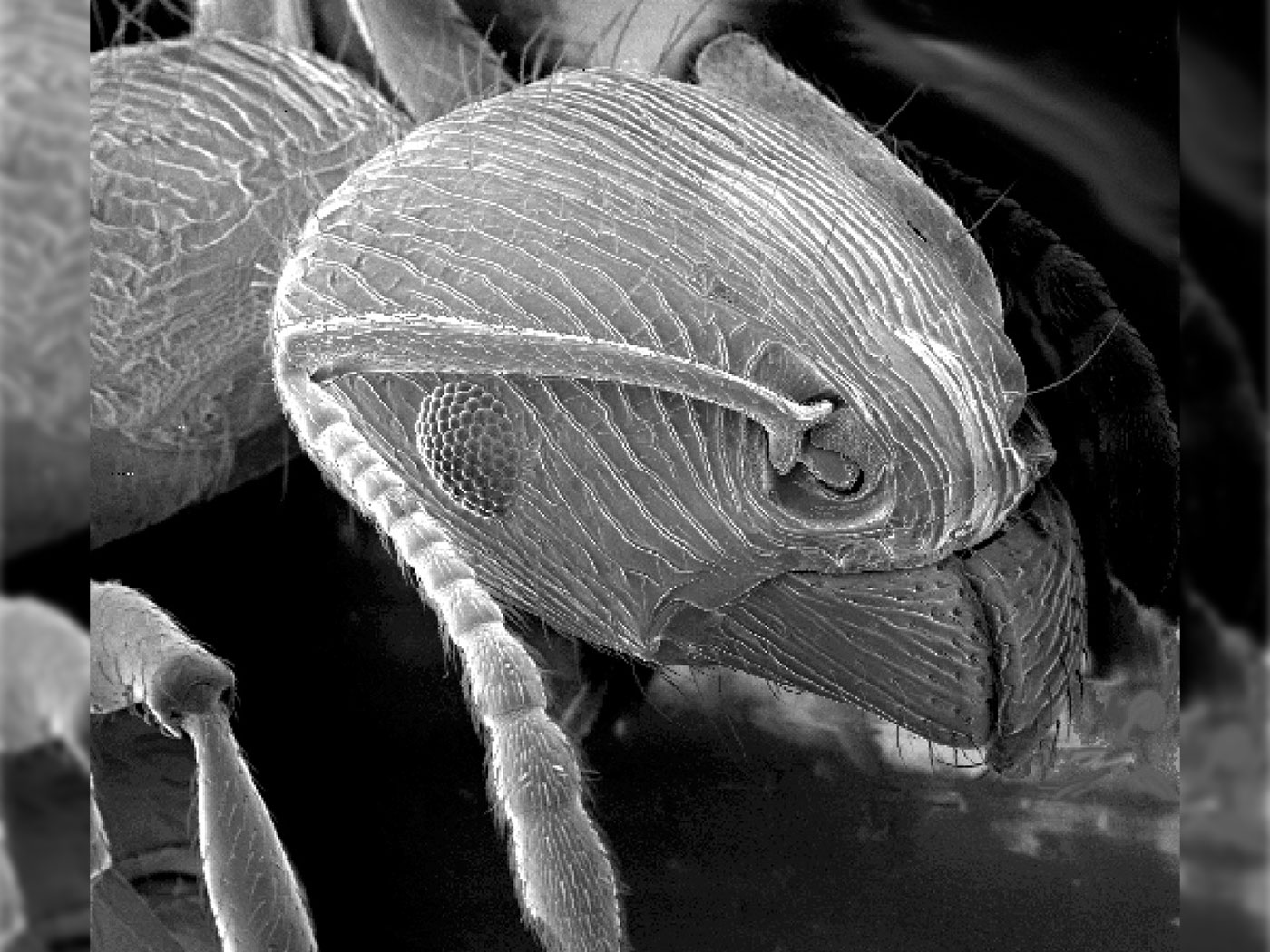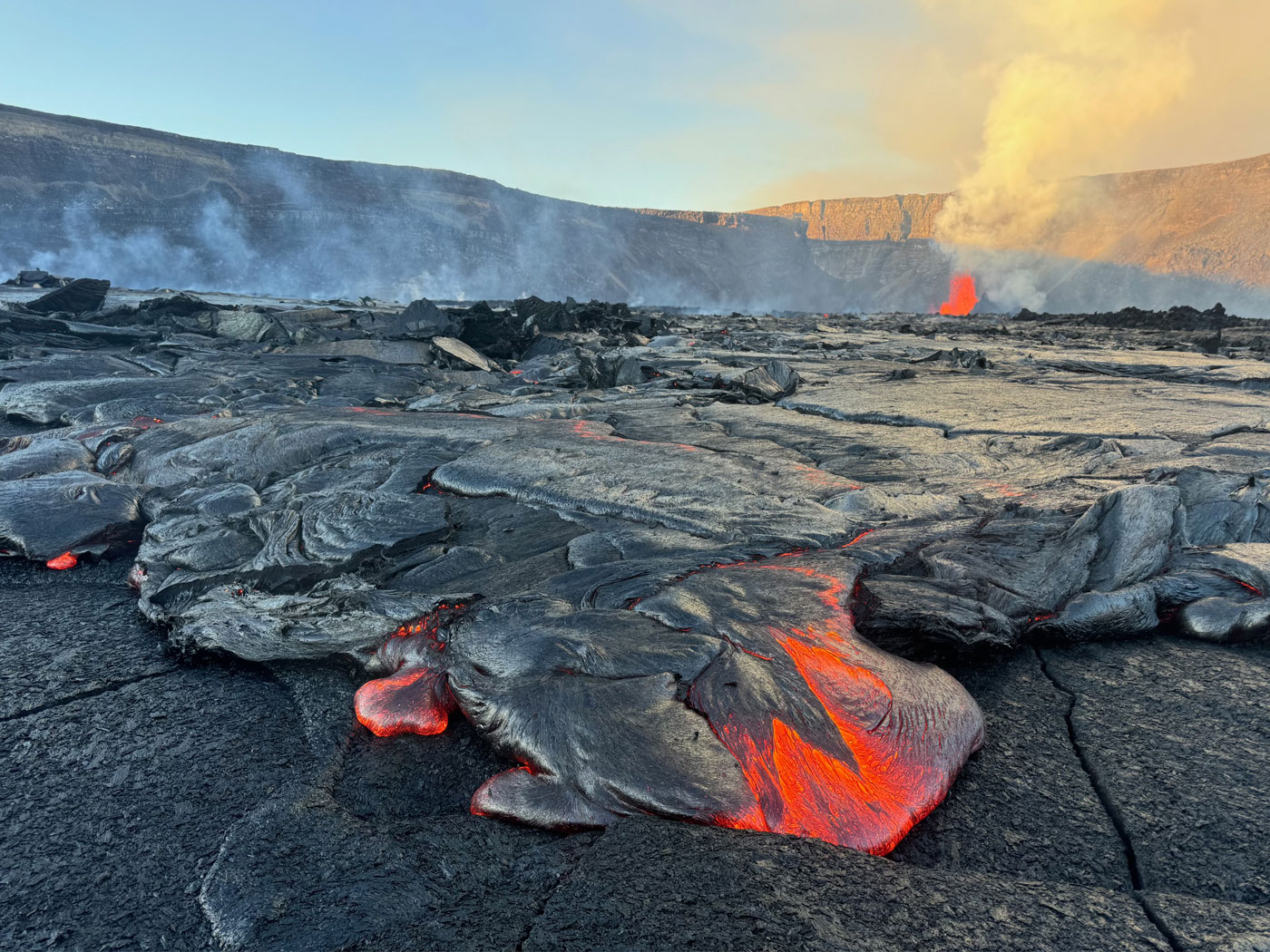Belief in evolution is a remarkable phenomenon. It is a belief passionately defended by the scientific establishment, despite the lack of any observable scientific evidence for macroevolution (evolution from one distinct kind of organism into another). This odd situation is briefly documented here by citing statements from leading evolutionists admitting their lack of proof. These statements inadvertently show that evolution on any significant scale does not occur at present, and never happened in the past, and could never happen at all.
Evolution Is Not Happening Now
First of all, the lack of a case for evolution is clear from the fact that no one has ever seen it happen. If it were a real process, evolution should still be occurring, and there should be many transitional forms that we could observe. What we see instead, of course, is an array of distinct kinds of plants and animals with many varieties within each kind, but with very clear and unbridgeable gaps between the kinds. For example, there are many varieties of dogs and many varieties of cats, but no “dats” or “cogs.” Such variation is often called microevolution, and these minor horizontal (or downward) changes occur fairly often, but such changes are not true vertical evolution.
Evolutionary geneticists have often experimented on fruit flies and other rapidly reproducing species to induce mutational changes hoping they would lead to new and better species, but these have all failed to accomplish their goal. No truly new species has ever been produced, let alone a new basic kind.
Evolutionist Jeffrey Schwartz, professor of anthropology at the University of Pittsburgh, acknowledged:
It was and still is the case that, with the exception of Dobzhansky’s claim about a new species of fruit fly, the formation of a new species, by any mechanism, has never been observed.1
The scientific method traditionally has required experimental observation and replication. The fact that macroevolution (as distinct from microevolution) has never been observed would seem to exclude it from the domain of true science. Even evolutionist Ernst Mayr, longtime professor of biology at Harvard, who alleged that evolution was a “simple fact,” nevertheless agreed that it was a “historical science” for which “laws and experiments are inappropriate techniques”2 by which to explain it. One can never actually see evolution in action.
Evolution Never Happened in the Past
Evolutionists commonly answer the above criticism by claiming that evolution goes too slowly for us to see it happening today. They used to claim that the real evidence for evolution was in the fossil record of the past, but the fact is that the billions of known fossils do not include a single unequivocal transitional form with transitional structures in the process of evolving.
Given that evolution, according to Darwin, was in a continual state of motion…it followed logically that the fossil record should be rife with examples of transitional forms leading from the less to the more evolved.1
Even those who believe in rapid evolution recognize that a considerable number of generations would be required for one distinct kind to evolve into another more complex kind. There ought, therefore, to be a considerable number of true transitional structures preserved in the fossils—after all, there are billions of non-transitional structures there! But (with the exception of a few very doubtful creatures such as the controversial feathered dinosaurs and the alleged walking whales), they are not there.
Instead of filling in the gaps in the fossil record with so-called missing links, most paleontologists found themselves facing a situation in which there were only gaps in the fossil record, with no evidence of transformational intermediates between documented fossil species.1
The entire history of evolution from the evolution of life from non-life to the evolution of vertebrates from invertebrates to the evolution of man from the ape is strikingly devoid of intermediates—the links are all missing in the fossil record, just as they are in the present world.
With respect to the origin of life, researcher Leslie Orgel, after noting that neither proteins nor nucleic acids could have arisen without the other, concluded:
And so, at first glance, one might have to conclude that life could never, in fact, have originated by chemical means.3
Being committed to total evolution as he was, Orgel could not accept any such conclusion as that. Therefore, he speculated that RNA may have come first, but then he still had to admit that:
The precise events giving rise to the RNA world remain unclear….investigators have proposed many hypotheses, but evidence in favor of each of them is fragmentary at best.3
Translation: “There is no known way by which life could have arisen naturalistically.” Unfortunately, two generations of students have been taught that Stanley Miller’s famous experiment on a gaseous mixture practically proved the naturalistic origin of life. But not so!
Neither is there any clue as to how the one-celled organisms of the primordial world could have evolved into the vast array of complex multi-celled invertebrates of the Cambrian period. Even dogmatic evolutionist Stephen Gould admitted:
The Cambrian explosion was the most remarkable and puzzling event in the history of life.4
Equally puzzling, however, is how some invertebrate creature in the ancient ocean, with all its hard parts on the outside, managed to evolve into the first vertebrate—that is, the first fish—with its hard parts all on the inside.
Yet the transition from spineless invertebrates to the first backboned fishes is still shrouded in mystery, and many theories abound.5
Other gaps are abundant, with no real transitional series anywhere. A very bitter opponent of creation science, paleontologist Niles Eldredge, acknowledged that there is little, if any, evidence of evolutionary transitions in the fossil record. Instead, things remain the same!
It is a simple ineluctable truth that virtually all members of a biota remain basically stable, with minor fluctuations, throughout their durations….6
So how do evolutionists arrive at their evolutionary trees from fossils of organisms that didn’t change during their durations?
Fossil discoveries can muddle over attempts to construct simple evolutionary trees—fossils from key periods are often not intermediates, but rather hodge podges of defining features of many different groups….Generally, it seems that major groups are not assembled in a simple linear or progressive manner—new features are often “cut and pasted” on different groups at different times.7
As far as ape/human intermediates are concerned, the same is true, although anthropologists have been eagerly searching for them for many years. Many have been proposed, but each has been rejected in turn.
All that paleoanthropologists have to show for more than 100 years of digging are remains from fewer than 2000 of our ancestors. They have used this assortment of jawbones, teeth and fossilized scraps, together with molecular evidence from living species, to piece together a line of human descent going back 5 to 8 million years to the time when humans and chimpanzees diverged from a common ancestor.8
Anthropologists supplemented their extremely fragmentary fossil evidence with DNA and other types of molecular genetic evidence from living animals to try to work out an evolutionary scenario that will fit. But this genetic evidence really doesn’t help much either because it contradicts fossil evidence. Anthropologist Roger Lewin notes:
The overall effect is that molecular phylogenetics is by no means as straightforward as its pioneers believed….The Byzantine dynamics of genome change has many other consequences for molecular phylogenetics, including the fact that different genes tell different stories.9
Summarizing the genetic data from humans, another author concludes, rather pessimistically:
Even with DNA sequence data, we have no direct access to the processes of evolution, so objective reconstruction of the vanished past can be achieved only by creative imagination.10
Since there is no real scientific evidence that evolution is occurring at present or ever occurred in the past, it is reasonable to conclude that evolution is not a fact of science, as many claim. In fact, it is not even science at all, but an arbitrary system built upon faith in universal naturalism.
These negative evidences against evolution are, at the same time, strong positive evidences for special creation. They are, in fact, specific predictions based on the creation model of origins.
Creationists would obviously predict ubiquitous gaps between created kinds, though with many varieties capable of arising within each kind, in order to enable each basic kind to cope with changing environments without becoming extinct. Creationists also would anticipate that any vertical changes in organized complexity would be downward, since the Creator (by definition) would create things correctly to begin with. Thus, arguments and evidences against evolution are, at the same time, positive evidences for creation.
References
- Schwartz, J. 1999. Sudden Origins. New York: John Wiley and Sons, Inc., 300.
- Mayr, E. 2000. Darwin’s Influence on Modern Thought. Scientific American. 283 (1): 83.
- Orgel, L. 1994. The Origin of Life on the Earth. Scientific American. 271 (4): 78.
- Gould, S. 1999. The Evolution of Life. Evolution: Facts and Fallacies, Schopf, ed. San Diego, CA: Academic Press, 9.
- Long, J. 1995. The Rise of Fishes. Baltimore, MD: John Hopkins University Press, 30.
- Eldredge, N. 1998. The Pattern of Evolution. New York: W. H. Freeman and Co., 157.
- Shubin, N. 1998. Evolutionary Cut and Paste. Nature. 349: 12.
- Tudge, C. 1995. Human Origins Revisited. New Scientist. 146: 24.
- Lewin, R. 1998. Family Feud. New Scientist. 157: 39.
- Takahata, N. 1995. Genetic Perspective on the Origin and History of Humans. Annual Review of Ecology and Systematics. 26: 343.
Adapted from Dr. Morris’ article “The Scientific Case Against Evolution: A Summary Part 1” in the December 2000 issue of Acts & Facts. This article is available on icr.org.
* Dr. Henry M. Morris (1918-2006) was Founder of the Institute for Creation Research.
Cite this article: Morris, H. M. 2012. The Scientific Case Against Evolution. Acts & Facts. 41 (10): 4-5.




